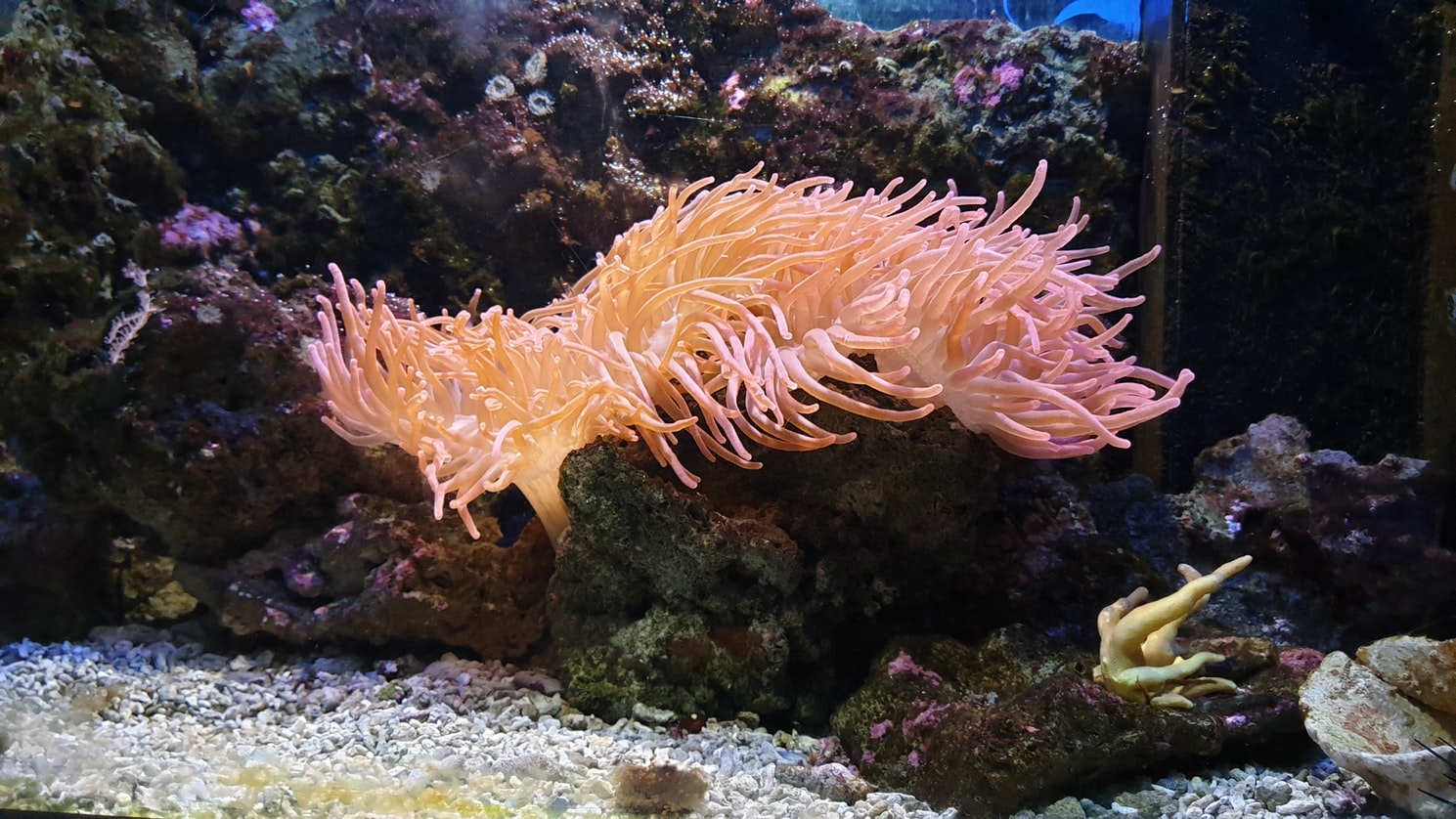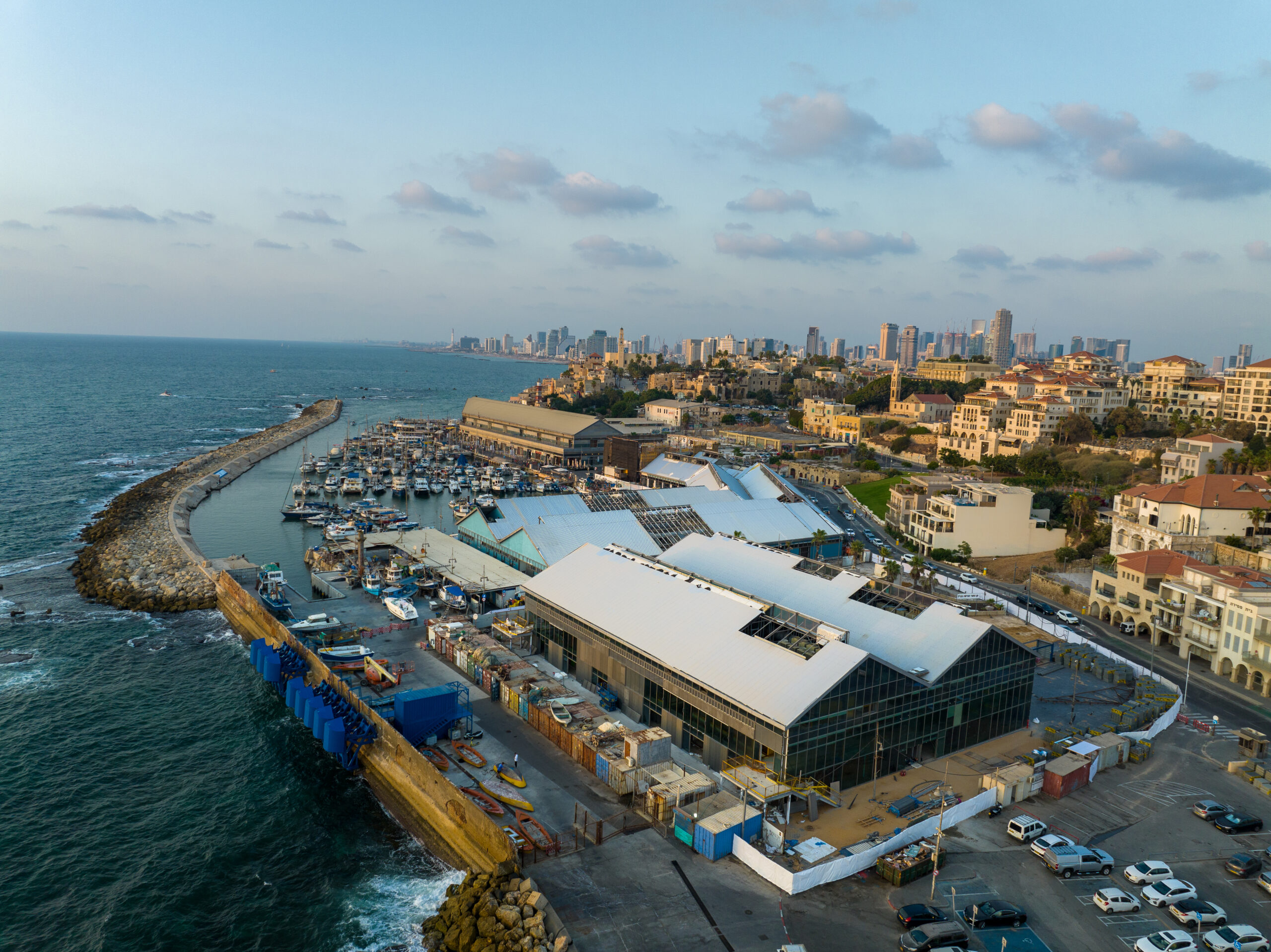The Tel-Aviv Yaffo that is Under the Sea

It is no wonder that the Tel-Aviv Yaffo coastline has become one of the most visible symbols of the City that Never Sleeps. Life here doesn’t stop for minute. From dawn and far past dusk, residents, tourists, athletes, vacationers, seafarers and beachgoers all mingle on the promenade; alongside them is an ecosystem that is just as alive and kicking under the deep blue sea.
On rare occasions, we are exposed to signs of marine nature in the form of shells on the beach, fish that are found in shallow waters and if we are fortunate enough, witness sea turtles that lay their eggs on the beach. At the same time, we are, for the most part, generally unaware of the fact that we share our beach with a wide variety of fascinating and particularly photogenic marine creatures.
Photo: Andrei Aharonov
We are more or less familiar with the impact of the marine system on our lives in the city, whether it’s a cool breeze that makes the summer at the beach more pleasant or, on the other hand, the winter storms and the damage they cause. As with any relatively complex system, we can assume that the city and its activities have a great impact on the sea. However, we are hardly able to discern these effects.
In order for us to be able to make the best possible decisions for managing the coastline, division of resources and sustainable development measures, we at Atarim – as a company in charge for development of the Tel-Aviv Yaffo coastline – are working to investigate and gain an in-depth understanding of the urban impact on marine nature.
How is this done? We are currently working in different areas to increase the awareness of city residents and gusts to the beach of the marine wildlife that lives and breathes alongside them.
In 2020, we launched, in conjunction with Tel-Aviv University and the Stenhardt Museum of Natural History, a marine ecology monitoring program designed to study the human and urban impact on the ecosystems of the Tel-Aviv Yaffo coastline, and later implement the conclusions in managerial decisions and policy documents, as well as increase public awareness of marine nature.

